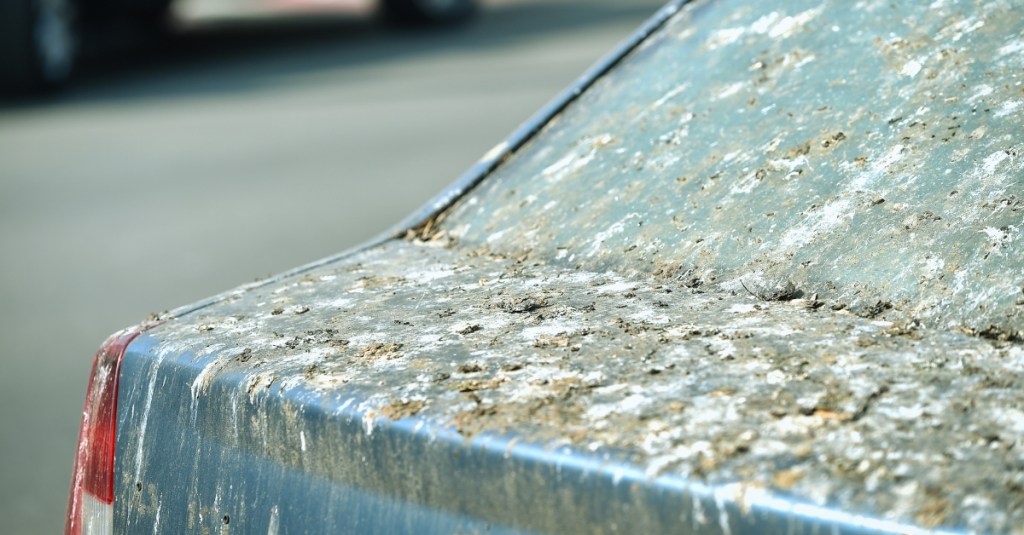A recent study has identified specific car models that are more likely to attract bird droppings, revealing surprising preferences among avian culprits. Conducted by Alan’s Factory Outlet, a Virginia-based company known for manufacturing custom carports and garages, the study surveyed 1,000 drivers across the United States and combined their experiences with established ornithological research to determine which vehicles are the most frequent targets of bird waste.
The results indicate that certain colors are more appealing to birds. Cars painted in brown, red, and black are particularly vulnerable, while lighter shades like white and silver seem to offer better protection against aerial assaults.
Brand Preferences and Driver Perceptions
The study also highlights brand-specific trends, with Ram trucks topping the list of vehicles most affected by bird droppings. Following closely are Jeep, Chevy, Nissan, and Dodge. Interestingly, the survey found that driver perceptions can skew significantly from reality. For instance, 47 percent of Lexus drivers, 39 percent of Tesla owners, and 35 percent of Dodge drivers reported feeling targeted by birds, despite only two of these brands appearing in the study’s top ten list of most affected vehicles.
The notion that birds might intentionally choose certain vehicles could be attributed to the parking environments. Birds often perch on power lines and tree branches directly above parked cars. The survey revealed that over half of the respondents believe their current parking arrangements do not adequately shield them from bird droppings. Nearly 40 percent admitted they would walk an extra block to avoid areas deemed high-risk for bird strikes.
The Cost of Cleanup
The impact of these avian attacks extends beyond mere annoyance. Nearly 60 percent of respondents reported having paid for car washes specifically to clean bird droppings. Some drivers, particularly those with luxury brands like Tesla and BMW, claim to spend over $500 annually on cleaning and maintenance related to bird waste.
The study also pointed out that 11 percent of those surveyed had experienced paint damage due to bird droppings, an issue that can lead to expensive repairs. Interestingly, the desire to maintain a vehicle’s appearance seems to correlate with its value; owners of high-end cars are more likely to seek professional cleaning services than those with older, less valuable vehicles.
While the findings do not uncover any groundbreaking revelations about why birds prefer certain cars, they do underscore the ongoing challenge drivers face in managing the effects of bird droppings. Regardless of vehicle type—be it an expensive luxury sedan or an older model—birds appear indifferent in their quest to use our vehicles as their personal toilets.
As the battle between car owners and birds continues, this study provides a humorous yet insightful look into the preferences of our feathered friends and highlights the need for drivers to remain vigilant against these unexpected challenges.





































































